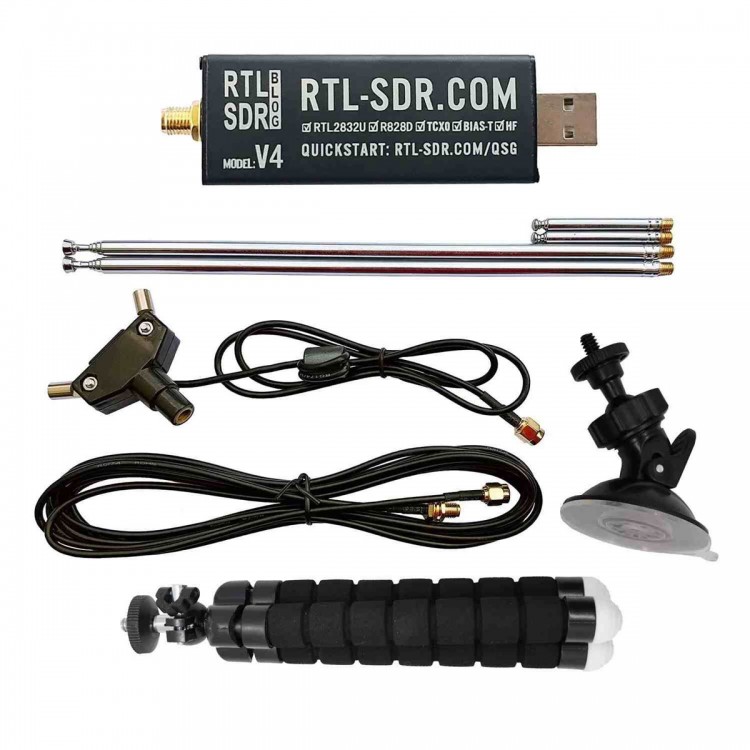
| Quantity | 3+ units | 10+ units | 30+ units | 50+ units | More |
|---|---|---|---|---|---|
| Price /Unit | $71.61 | $70.15 | $67.96 | $65.03 | Contact US |
 DIY Portable Aluminum Alloy Vehicle Shortwave Antenna Base + Tripod Adapter for Outdoor Installation
$37.54
DIY Portable Aluminum Alloy Vehicle Shortwave Antenna Base + Tripod Adapter for Outdoor Installation
$37.54
 DIY Portable Aluminum Alloy Vehicle Shortwave Antenna Base with M-female Interface for Outdoor Installation
$34.62
DIY Portable Aluminum Alloy Vehicle Shortwave Antenna Base with M-female Interface for Outdoor Installation
$34.62
 Quansheng UVK5/UVK6 Full-SI4732 Chip and Crystal Oscillator Modification Module FPC HF Shortwave Full-band/SSB Receiving
$17.05
Quansheng UVK5/UVK6 Full-SI4732 Chip and Crystal Oscillator Modification Module FPC HF Shortwave Full-band/SSB Receiving
$17.05